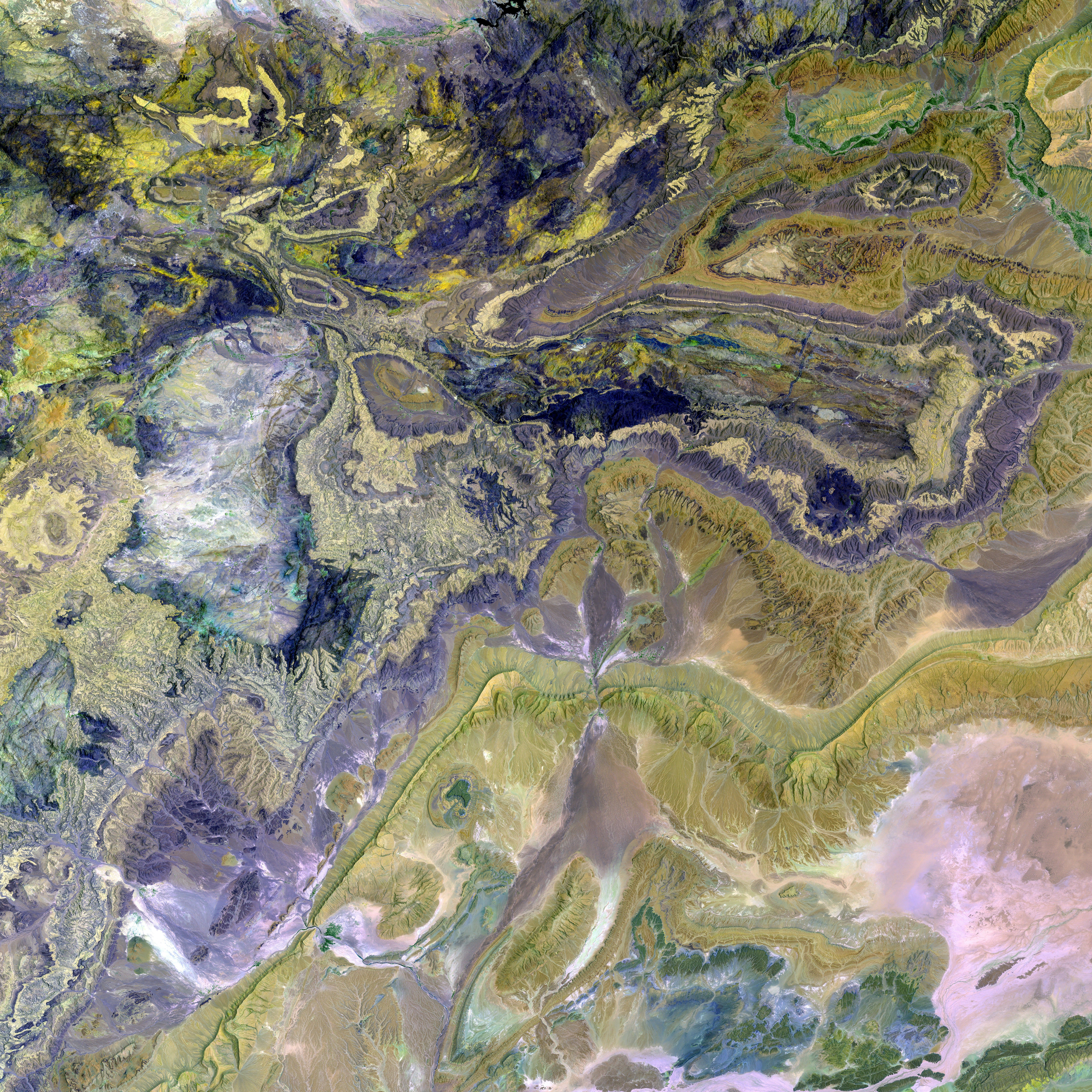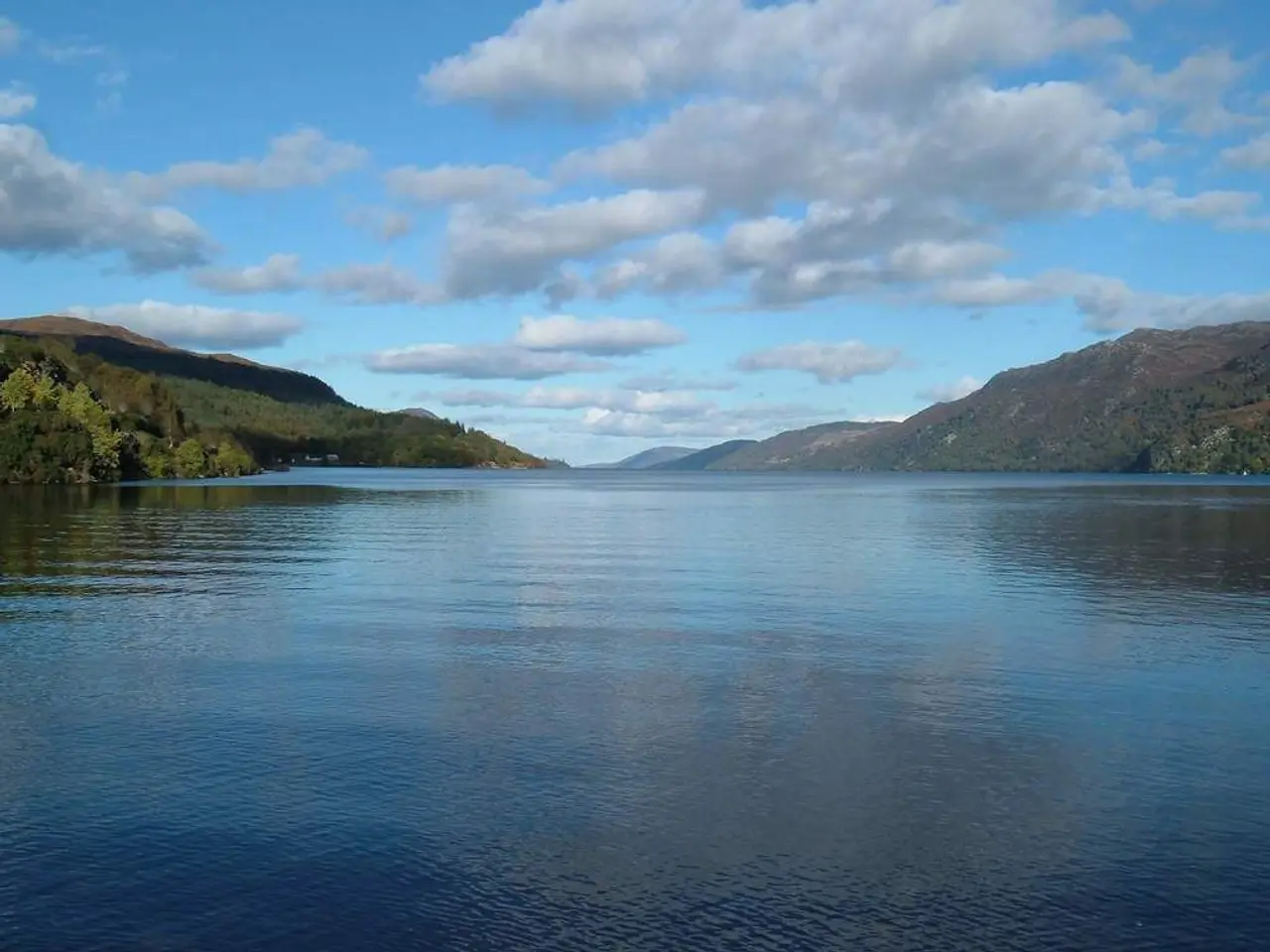No Rain in Sight: Dry Conditions Increase Forest Fire Risk in Germany
Favorable, non-rainy weather conditions heighten the likelihood of forest fires. - Persistent sunshine and lack of rain contribute to higher chances of forest fires.
Welcome to another week with sunshine galore! According to the German Weather Service (DWD), the week sees clear, dry skies across Germany. On Monday, while some cumulus clouds may hover over the Black Forest and the Alps, resulting in isolated showers or thunderstorms, the rest of the country should expect nothing but blue skies. Highs for the day will range between a refreshing 16°C in the northeast and a blazing 25°C in the west, with cooler temperatures along the Baltic Sea hovering around 13°C.
A Map to Foresee the Peril: Forest Fire Risk Assessment
The sunny and dry spell ahead means an increase in forest fire risk for many parts of Germany, as portrayed in the animated map in this article. On Tuesday, temperatures will mirror early summer heat levels, hitting highs of 16 to 24°C. As the DWD rates and maps forest fire risk using a five-level scale, Tuesday sees a significant increase in risk levels in northeastern Germany. However, numerous other regions will still have a medium forest fire risk of level 3.
Wednesday, much like Tuesday, promises to be dry and warm. While Thursday brings some cloud cover and potential rain to the east and southeast, the risk of forest fires remains high as the week comes to a close.
Snapshots from the past: Revisit the weather patterns of the 1970s against today's trends to understand better the future of our weather.
- Forest Fire Risk
- DWD
- Weather
The DWD takes various meteorological factors into account when evaluating and mapping forest fire risk, much like the Canadian Fire Weather Index (FWI). These indices typically consider rainfall, temperature, relative humidity, and wind speed to estimate fire risk. In dry weather conditions, factors like low rainfall, high temperatures, low humidity, strong winds, and regional specifics are likely to have a significant impact on the risk of forest fires. The DWD monitors specific regions for varying risk levels and uses a combination of weather data and local conditions to map the risk across different regions in Germany.
The Commission may consider the impact of climate change on forest fire risk, as the science behind it suggests that warmer temperatures and drier conditions, such as the current ones in Germany, can increase the risk of wildfires. Furthermore, environmental science could provide insights on how ionizing radiation exposure might affect workers involved in forest firefighting duties, given the Commission's consultation on the draft directive on the protection of workers from risks related to such radiation.









